We’re diving deep into the world of mold health effects and offering you fast cleanup tips to tackle this hidden menace. Understanding the risks associated with mold exposure is crucial for maintaining a healthy living environment. Mold isn’t just an unsightly issue; it’s a health hazard that can impact you and your loved ones in various ways. That’s why we’re here to shed light on this topic, ensuring you’re armed with the knowledge and tools needed to keep your spaces mold-free. Let’s get started on a journey towards a healthier, happier home.
Table of Contents
Toggle#1. Allergic Reactions
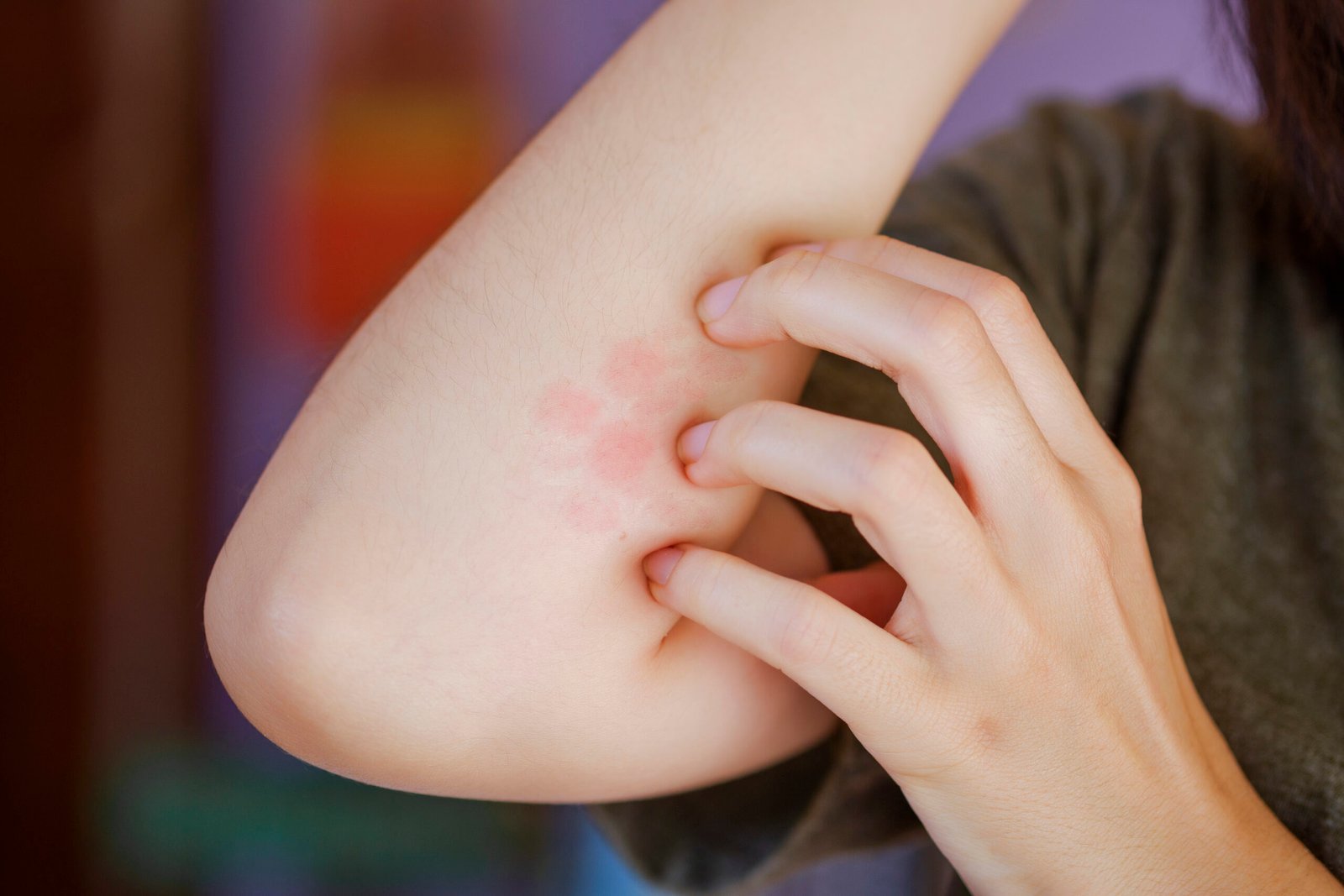
Allergic reactions are among the most common health effects linked to mold exposure. When mold spores are inhaled, they can trigger an immune response in sensitive individuals. This response often manifests as symptoms similar to those of seasonal allergies, including sneezing, itching, runny nose, and watery eyes. However, what sets mold allergies apart is their persistence, especially in environments where mold is present year-round. Some people may also experience skin rashes when exposed to mold, as their bodies react to what it perceives as an invasion by an allergen.
These allergic reactions are not just uncomfortable; they can significantly impact one’s quality of life, leading to increased fatigue, disruptions in sleep due to respiratory discomfort, and a general feeling of malaise. For individuals with pre-existing respiratory conditions, such as asthma, mold exposure can exacerbate symptoms, leading to more frequent and severe asthma attacks. The key to managing mold allergies lies in controlling mold growth in your living environment and reducing your exposure to mold spores.
This includes maintaining a clean, dry, and well-ventilated home, using dehumidifiers to keep humidity levels low, and promptly addressing any water leaks or dampness. Regular cleaning of areas prone to mold growth, such as bathrooms, kitchens, and basements, is essential for minimizing allergens in your home.
#2. Respiratory Problems
Mold exposure is closely linked to a range of respiratory problems, significantly impacting individuals with pre-existing conditions and even those previously healthy. The inhalation of mold spores can lead to symptoms such as coughing, wheezing, shortness of breath, and chest tightness. These symptoms arise as the respiratory system reacts to the presence of foreign particles, leading to inflammation and obstruction of the airways. For people with asthma, mold can be a potent trigger for attacks, causing more frequent and severe episodes. Moreover, long-term exposure to mold has been associated with the development of chronic respiratory conditions, such as obstructive pulmonary disease, in susceptible individuals.
Children, the elderly, and those with compromised immune systems are particularly vulnerable to the effects of mold on the respiratory system. The spores can also contribute to the development of infections, such as bronchitis and pneumonia, in these high-risk groups. Preventing these adverse health effects requires diligent efforts to control mold growth through proper ventilation, humidity control, and regular cleaning of potential mold hotspots. Addressing water damage promptly and ensuring that living spaces are kept dry can significantly reduce mold proliferation, thereby protecting respiratory health.
#3. Skin Irritations
Mold exposure can directly affect the skin, leading to various irritations and allergic reactions. Contact with mold spores, whether through direct touch or indirect exposure to contaminated surfaces, can cause skin to react in ways that range from mild irritation to severe dermatitis. Symptoms typically include redness, itching, and rash. In more sensitive individuals, these reactions can escalate to blistering or even eczema, particularly in cases of prolonged or repeated exposure. The nature of these skin reactions varies widely among individuals, with some showing immediate symptoms upon contact, while others may develop them over time with continuous exposure.
It’s crucial to recognize that mold-related skin conditions are not merely superficial. They signal an immune response to the mold spores, indicating the body’s attempt to fight off what it perceives as a harmful intruder. This aspect underscores the importance of maintaining a clean, mold-free environment to prevent such reactions. For those who come into contact with mold and develop skin irritations, thorough washing of the affected area with soap and water, followed by the application of over-the-counter anti-itch creams or lotions, can provide relief. However, the most effective strategy lies in preventing mold growth in living spaces by controlling humidity levels, ensuring adequate ventilation, and promptly addressing water leaks or spills to mitigate mold proliferation.
#4. Eye Irritations

Exposure to mold can lead to eye irritations, a common complaint among individuals residing in mold-infested environments. These irritations manifest as redness, itching, watering, and a burning sensation in the eyes. The mechanism behind this reaction is the immune system’s response to mold spores, which are recognized as foreign invaders, leading to inflammation. This inflammation is not limited to the respiratory tract but extends to mucous membranes, including those in the eyes, causing discomfort and potential visual disturbances. People with pre-existing eye conditions, such as conjunctivitis or dry eye syndrome, may find their symptoms exacerbated by mold exposure.
Furthermore, prolonged exposure to mold can increase the sensitivity of the eyes to other irritants, making everyday environments more challenging to navigate. The key to mitigating these effects lies in reducing exposure to mold spores. This can be achieved through thorough cleaning of indoor areas, using air purifiers to capture airborne spores, and maintaining a dry environment to inhibit mold growth. In cases where eye irritation occurs, flushing the eyes with clean water and avoiding rubbing are initial steps to provide relief. For persistent symptoms, seeking medical advice is recommended to prevent complications. Preventative measures, such as wearing protective eyewear during mold cleanup activities, can also help minimize direct exposure to mold spores, safeguarding eye health.
#5. Immune System Suppression
One of the less visible but significant health effects of mold exposure is its potential to suppress the immune system. When the body is continuously exposed to mold spores, the immune system is persistently activated to fight off these perceived threats. Over time, this constant state of alert can lead to immune system fatigue, wherein the body’s defenses are weakened, making it more susceptible to infections and illnesses. Particularly concerning is the impact on individuals with already compromised immune systems, such as those undergoing chemotherapy, living with HIV/AIDS, or taking immunosuppressive drugs for autoimmune diseases. For these individuals, mold exposure can not only exacerbate their condition but also pose a serious risk of developing opportunistic infections.
Moreover, certain types of mold produce mycotoxins, toxic substances that can further impair immune function. Mycotoxins are capable of disrupting cellular processes and can affect both the innate and adaptive branches of the immune system, leading to a reduced ability to fight off pathogens. This immune suppression facilitates a vicious cycle, where the body becomes more vulnerable to mold colonization and infection by other microbes, thus increasing the risk of chronic health issues.
To protect against the immune-suppressing effects of mold, it’s crucial to maintain a mold-free environment through proper ventilation, humidity control, and immediate remediation of water damage. For individuals with compromised immune systems, taking additional precautions, such as using high-efficiency air purifiers and avoiding areas known to be mold-infested, is advisable to mitigate exposure and safeguard health.
#6. Neurological Symptoms
One of the less visible but significant health effects of mold exposure is its potential to suppress the immune system. When the body is continuously exposed to mold spores, the immune system is persistently activated to fight off these perceived threats. Over time, this constant state of alert can lead to immune system fatigue, wherein the body’s defenses are weakened, making it more susceptible to infections and illnesses. Particularly concerning is the impact on individuals with already compromised immune systems, such as those undergoing chemotherapy, living with HIV/AIDS, or taking immunosuppressive drugs for autoimmune diseases. For these individuals, mold exposure can not only exacerbate their condition but also pose a serious risk of developing opportunistic infections.
Moreover, certain types of mold produce mycotoxins, toxic substances that can further impair immune function. Mycotoxins are capable of disrupting cellular processes and
can affect both the innate and adaptive branches of the immune system, leading to a reduced ability to fight off pathogens. This immune suppression facilitates a vicious cycle, where the body becomes more vulnerable to mold colonization and infection by other microbes, thus increasing the risk of chronic health issues.
To protect against the immune-suppressing effects of mold, it’s crucial to maintain a mold-free environment through proper ventilation, humidity control, and immediate remediation of water damage. For individuals with compromised immune systems, taking additional precautions, such as using high-efficiency air purifiers and avoiding areas known to be mold-infested, is advisable to mitigate exposure and safeguard health.
#7. Fatigue and Discomfort
Fatigue and discomfort are common, yet frequently underestimated, health effects of mold exposure. Individuals living or working in mold-infested environments may report a persistent sense of tiredness and a lack of energy that is not relieved by rest. This type of fatigue is not just a matter of feeling a little tired; it can be debilitating, affecting one’s ability to perform daily tasks and significantly reducing quality of life. The discomfort associated with mold exposure can also manifest as a general feeling of unwellness, with symptoms such as headaches, muscle aches, and a sensation of heaviness or pressure in the head and body.
These symptoms can be attributed to the body’s immune response to mold spores, which requires energy and resources, leading to fatigue. Additionally, the presence of mycotoxins produced by certain molds can exacerbate these feelings of malaise and discomfort by interfering with normal bodily functions and contributing to systemic inflammation.
Addressing fatigue and discomfort caused by mold involves both reducing exposure to mold spores and taking steps to boost overall health. This can include ensuring proper ventilation and air filtration in living and working spaces, removing existing mold growth, and maintaining a dry environment to prevent mold recurrence. Regular exercise, a healthy diet, and sufficient rest are also important for supporting the body’s ability to recover from the effects of mold exposure.
#8. Mold-Induced Asthma
Mold-induced asthma is a condition where exposure to mold spores triggers asthma symptoms or exacerbates existing asthma in susceptible individuals. Asthma triggered by mold is characterized by typical symptoms such as wheezing, shortness of breath, chest tightness, and coughing. These symptoms occur because mold spores, when inhaled, can irritate the airways, leading to inflammation and constriction, making it difficult to breathe. For people with existing asthma, mold exposure can lead to more frequent and severe asthma attacks, significantly impacting their quality of life.
The link between mold exposure and asthma is particularly concerning for children and the elderly, whose respiratory systems may be more vulnerable. In homes with high humidity levels or water damage, mold growth can be rampant, posing a continuous risk to inhabitants with asthma. Preventing mold-induced asthma involves controlling indoor humidity, fixing leaks promptly, ensuring adequate ventilation, and cleaning or removing moldy materials according to safety guidelines.
For individuals with asthma, it’s crucial to manage their condition proactively by avoiding known triggers, including mold, and following an asthma action plan developed with their healthcare provider. This plan may include the use of inhaled corticosteroids and bronchodilators to control symptoms and prevent asthma attacks triggered by mold exposure.
#9. Sinusitis
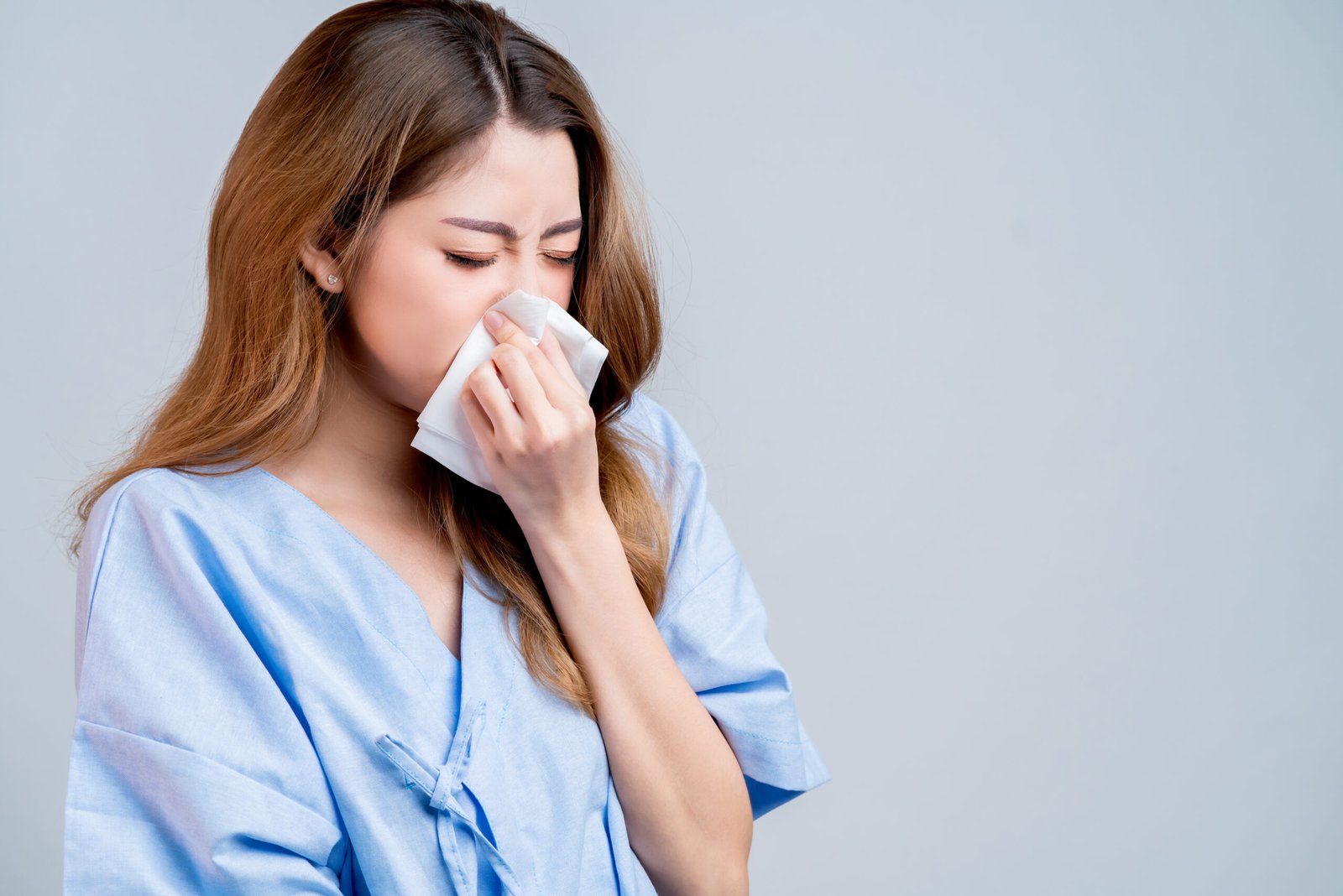
Sinusitis, an inflammation of the sinus cavities, can be a painful and persistent health effect of mold exposure. Mold spores inhaled into the nasal passages and sinuses can lead to irritation and swelling of these cavities, obstructing normal drainage and causing symptoms such as facial pain or pressure, nasal congestion, headache, and a reduced sense of smell. In chronic cases, sufferers may experience a persistent cough, sore throat, and fatigue, further diminishing their quality of life.
The moist, dark environment of the sinus cavities provides an ideal breeding ground for molds, exacerbating the condition. Individuals with chronic sinusitis may find their symptoms worsen in damp, moldy environments, indicating a direct link between mold exposure and sinus health. Addressing sinusitis caused by mold involves a two-pronged approach: medical treatment to alleviate symptoms and reduce inflammation, and environmental interventions to reduce mold exposure.
Environmental control is crucial for preventing sinusitis flare-ups. This includes using dehumidifiers to maintain low indoor humidity, fixing leaks and dampness issues, ensuring proper ventilation, and conducting regular cleaning to minimize mold growth. For some, air purifiers equipped with HEPA filters may also help reduce airborne mold spores in indoor environments.
For individuals experiencing recurrent or chronic sinusitis, consulting with a healthcare provider is essential to manage the condition effectively and to rule out other potential causes.
#10. Severe Infections in Immune-compromised Individuals
Mold exposure poses a significant risk for severe infections, particularly in individuals with compromised immune systems. For those with weakened immunity—due to conditions like HIV/AIDS, cancer treatments such as chemotherapy, or the use of immunosuppressive drugs—mold spores can be more than just allergens; they become potential sources of dangerous infections. Unlike a healthy individual, whose immune system can fend off the pathogens carried by mold spores, an immune-compromised person may not be able to effectively resist these intruders. As a result, molds like Aspergillus can cause invasive infections, leading to conditions such as aspergillosis, which affects the respiratory system but can also disseminate to other parts of the body including the brain, heart, and kidneys.
These severe infections can manifest as persistent cough, fever, chest pain, and shortness of breath, often complicating existing health conditions. The risk of mortality from such infections is significantly higher in immune-compromised patients, making prevention and early detection critical. Strategies to minimize mold exposure for these individuals include living in environments with controlled humidity levels, avoiding areas known to be mold-infested, and employing HEPA filters to purify the air. Medical professionals often emphasize the importance of regular health check-ups for early detection and treatment of mold-related infections in vulnerable populations.
Why Bio On is Your Go-To Solution for Mold Health Effects
Bio-On stands as your ultimate mold solution, leveraging extensive expertise and advanced technology to address mold issues effectively. Our comprehensive services include mold remediation, deep cleaning, and preventive measures tailored to your specific needs. With a focus on safety and efficiency, we employ environmentally friendly methods that not only eliminate mold but also prevent its recurrence, ensuring a healthier environment for you and your loved ones. Our team of professionals is equipped with the knowledge and tools necessary to tackle any mold challenge, big or small. Choosing Bio-On means opting for peace of mind, knowing that your mold problems will be handled with the utmost care and professionalism, making us the go-to solution for all your mold-related concerns.
Understanding the health effects of mold exposure is crucial for maintaining a safe and healthy living environment. From allergic reactions to severe respiratory conditions and immune system suppression, the risks associated with mold can significantly impact your well-being. Proactive measures, including effective cleanup and remediation, are key to preventing these adverse effects. If you’re facing mold issues or have concerns about indoor air quality, don’t hesitate to reach out to Bio On. Our expert team is ready to provide you with effective solutions and advice. Contact us through the WhatsApp consultation button for free guidance and start your journey towards a mold-free environment today.
Conclusion
Understanding the health effects of mold exposure is crucial for maintaining a safe and healthy living environment. From allergic reactions to severe respiratory conditions and immune system suppression, the risks associated with mold can significantly impact your well-being. Proactive measures, including effective cleanup and remediation, are key to preventing these adverse effects. If you’re facing mold issues or have concerns about indoor air quality, don’t hesitate to reach out to Bio On. Our expert team is ready to provide you with effective solutions and advice. Contact us through the WhatsApp consultation button for free guidance and start your journey towards a mold-free environment today.

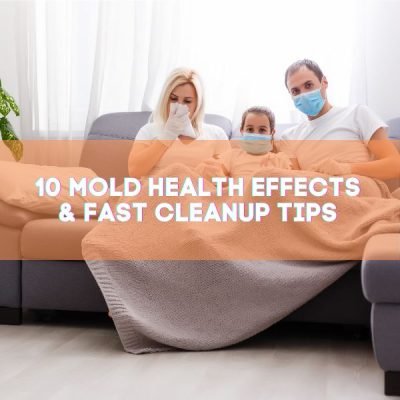
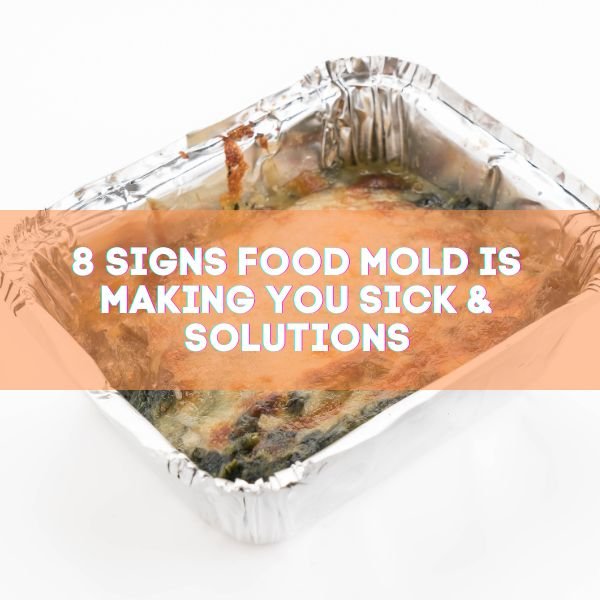



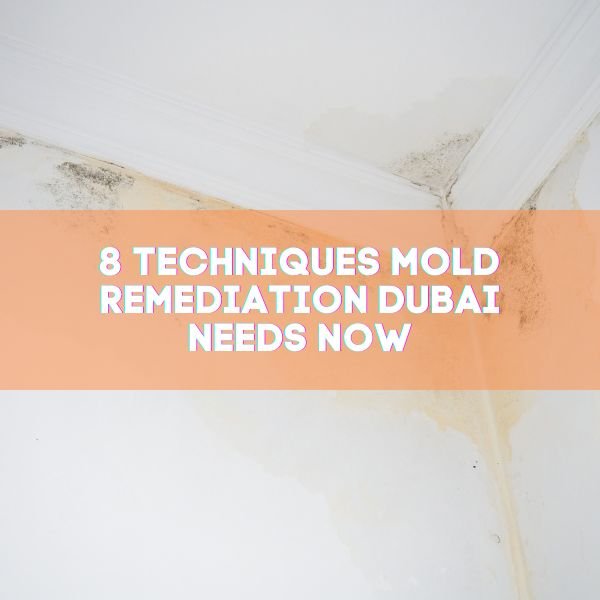







3 Responses